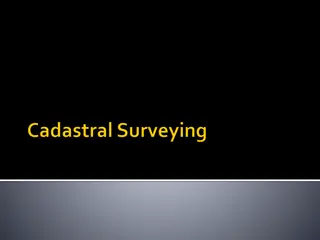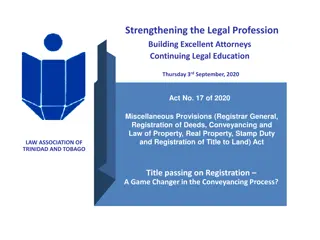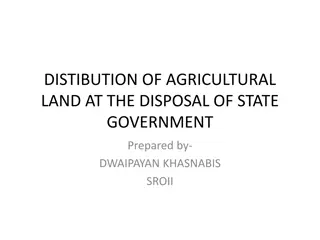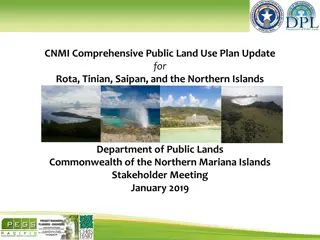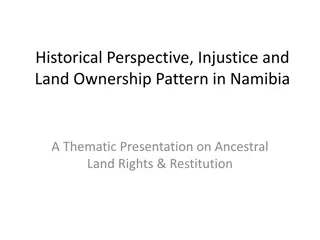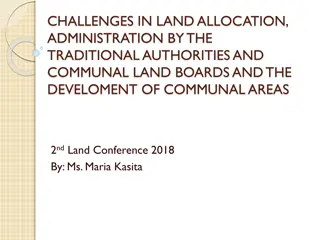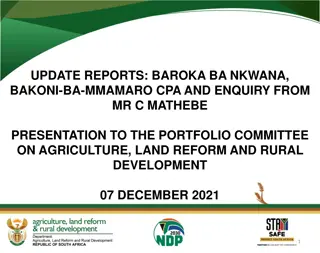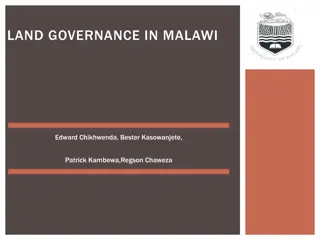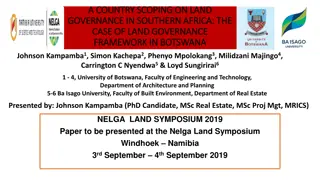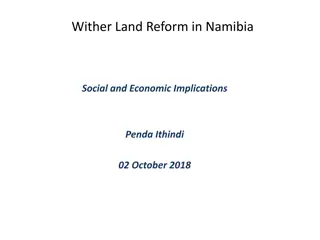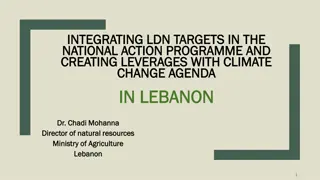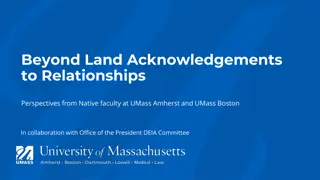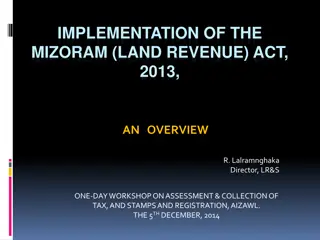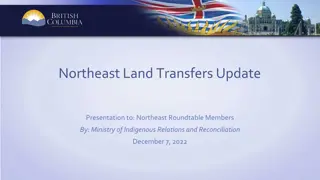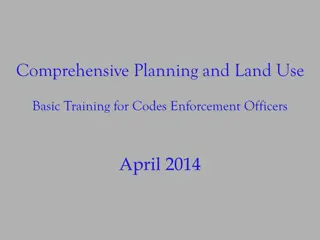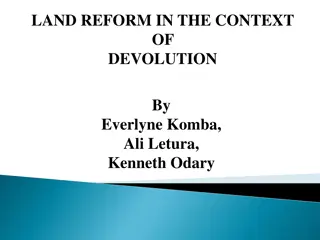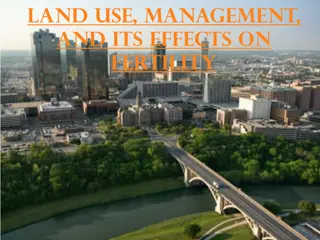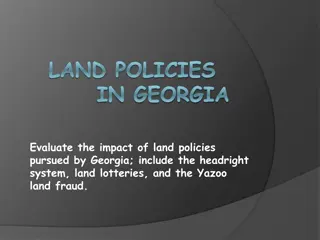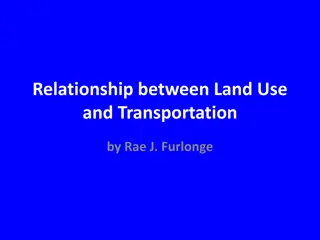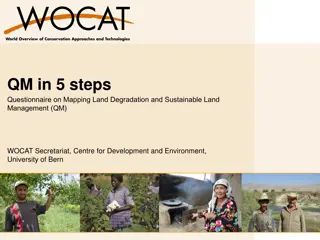Evolving Land Acknowledgements for Relationship Growth
Developing a meaningful land acknowledgment is an ongoing process that involves recognizing the territories, treaties, and kinship of Indigenous peoples. Explore ways to make acknowledgments personal and engaging, honoring shared responsibilities and building relationships on the path of truth and reconciliation.
Download Presentation

Please find below an Image/Link to download the presentation.
The content on the website is provided AS IS for your information and personal use only. It may not be sold, licensed, or shared on other websites without obtaining consent from the author.If you encounter any issues during the download, it is possible that the publisher has removed the file from their server.
You are allowed to download the files provided on this website for personal or commercial use, subject to the condition that they are used lawfully. All files are the property of their respective owners.
The content on the website is provided AS IS for your information and personal use only. It may not be sold, licensed, or shared on other websites without obtaining consent from the author.
E N D
Presentation Transcript
Land Acknowledgements More Than Just Words
Developing a Land Acknowledgment is not a one time exercise It should evolve as your Club s knowledge of and relationships with First Nations develop and grow
Land Acknowledgement Video
We want to 1. Accurately and historically recognize the territories of First nations, Inuit and Metis peoples, and acknowledge un-ceded and treaties that were signed by the government on our behalf and are still in place today. 2. Honour Indigenous Peoples principle kinship to the land and water and recognize our shared responsibilities 3. Provide a personal reflection
1. Recognize the First Nations, the Territories and Treaties We should officially acknowledge that we are on the traditional territorial land of a specific First Nation(s) and identify if the land is unceded or if there is a Treaty. How do we make this personal and interesting? Research and share the boundaries of the traditional territorial lands and waters Learn and share some of the indigenous names for landmarks and bodies of water Get a copy of the relevant Treaty(ies) and read it. Share a detail of two
This is what I come up with for our District Conference We acknowledge that we are meeting on Saukiing Anishnaabekiing the traditional lands and treaty territory of the Saugeen Ojibway Nation, which consists of the Chippewas of Saugeen and the Chippewas of Nawash Unceded First Nation. The traditional lands run east from Lake Huron to the Nottawasaga River (near Wasaga beach) and south from the tip of the Bruce Peninsula to the Maitland River system (south of Goderich) and include portions of Lake Huron and Georgian Bay.
2. Honour Indigenous Peoples Kinship to the Land and Our Shared Responsibilities This section should indicate how you and your group are going to honour our shared responsibilities. This should be unique to your organization/club/event. It shouldn t be borrowed or copied from some other organization. How to make this unique and meaningful : As Rotarians we could reference the 4 Way Test or the 7 Areas of Focus Does your club have a special focus ? Do one or two of the 95 recommendations in the TRC Report speak to your Club? Where is your Club on the Truth and Reconciliation path? Are you at the learning/unlearning stage, at the building relationships stage? .
What I came up with for our Conference We take this time to acknowledge the treaties and territories because it s a reminder of the communities of our indigenous neighbours, their history, and their connection to the land and waters. As Rotarians we ll be guided by the 4 Way Test as we work to increase our knowledge and understanding of the past and present and as we look to the future to build relationships with our Indigenous neighbours.
3. Provide a Personal Reflection This is a time of learning, of sharing something you ve learned An article or book you ve read or a resource (share a link) The indigenous name of a local landmark The date and time of an indigenous event A Pow Wow (research and share the Do s and Don t s of attending a Pow Wow). Research and share one of the Seven Grandfather teachings, how does it relate to your Rotary Club?
My Personal Antidote for the District Conference 6 years ago as an act of Reconciliation, the bridge between Saugeen Shores (Southampton and Port Elgin) and the Saugeen First Nation was renamed zgaa- beeg-ni-gun, which translates to We are Connected This resonates with me because my favourite Rotary year theme is still Rotary Connects the World. Each year on Truth and Reconciliation Day the two communities have a celebration on the bridge rededicating our connection. Every time I drive over the bridge I m reminded of our connection.
Remember It s not a one time exercise, it s not cast in stone, the person giving the Land Acknowledgement should add something personal Make it unique to your organization Eash time it is given is an opportunity to learn something new It s MORE THAN JUST WORDS it s A COMMITMENT TO ACTION


